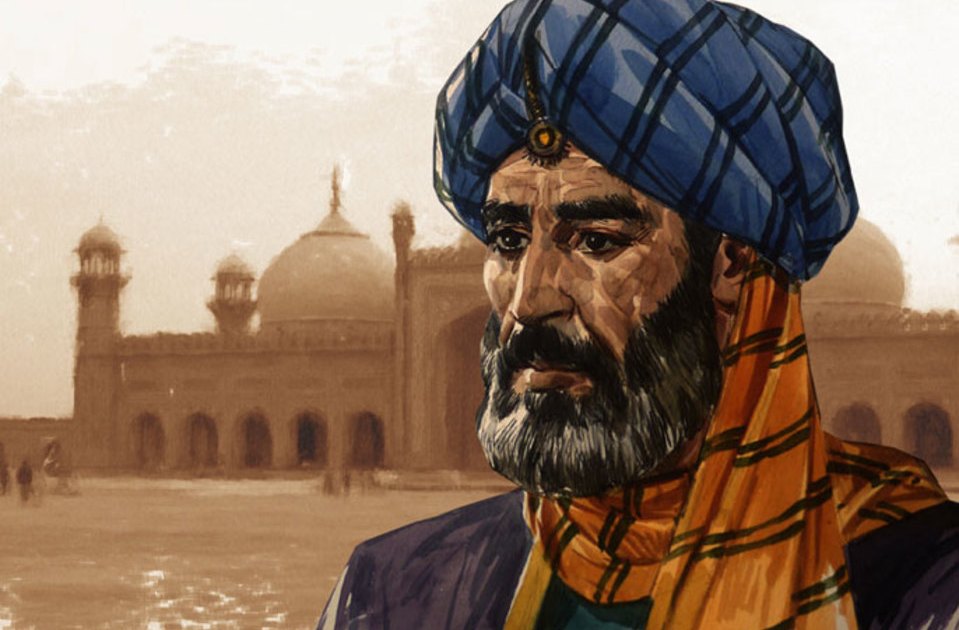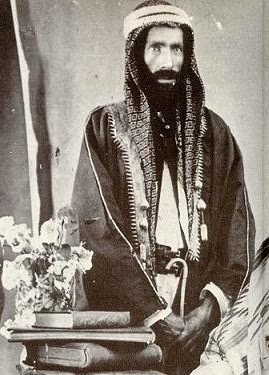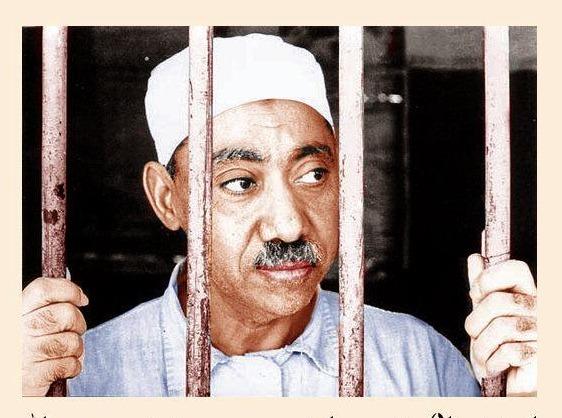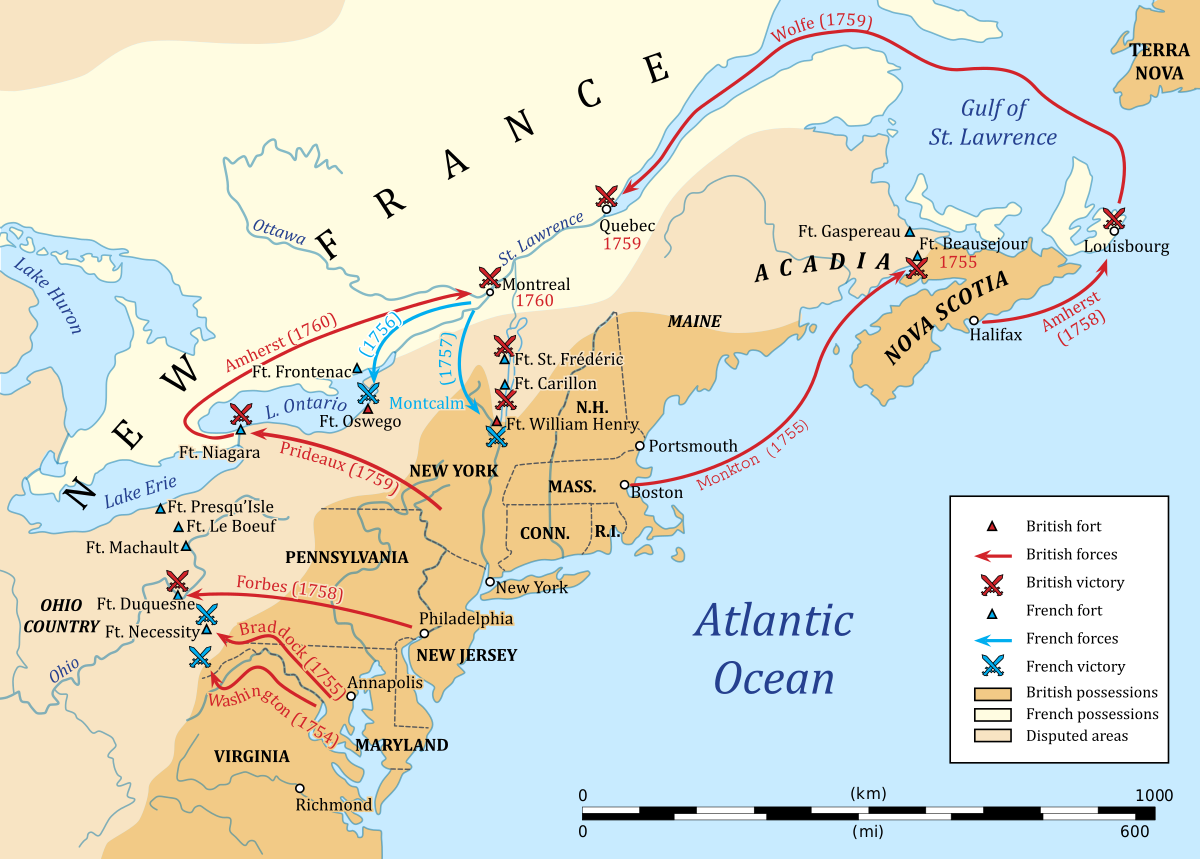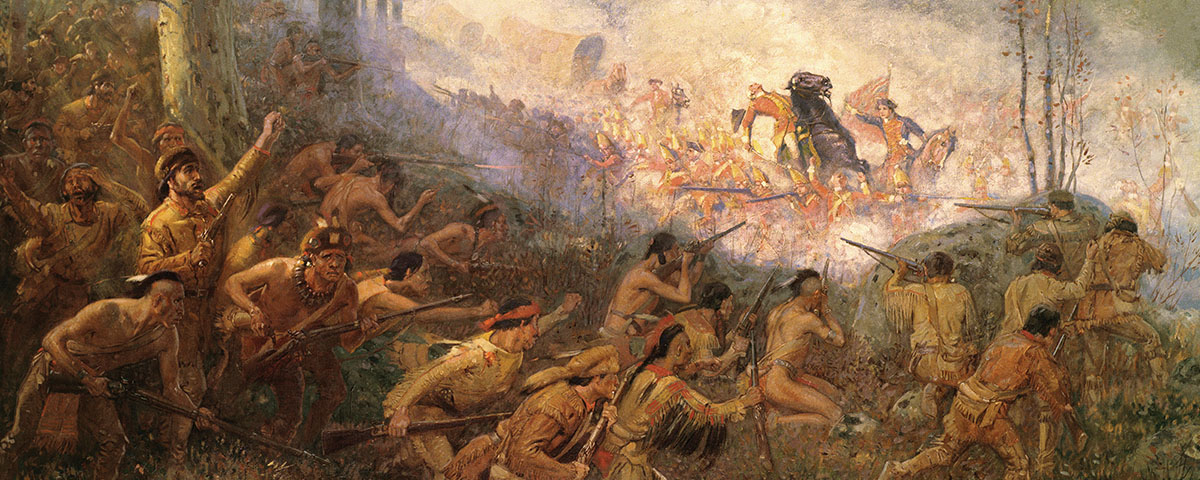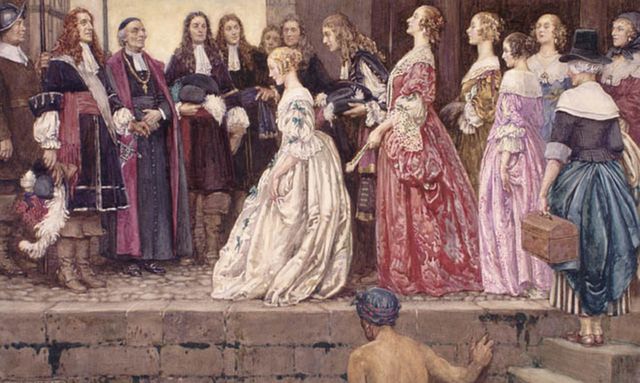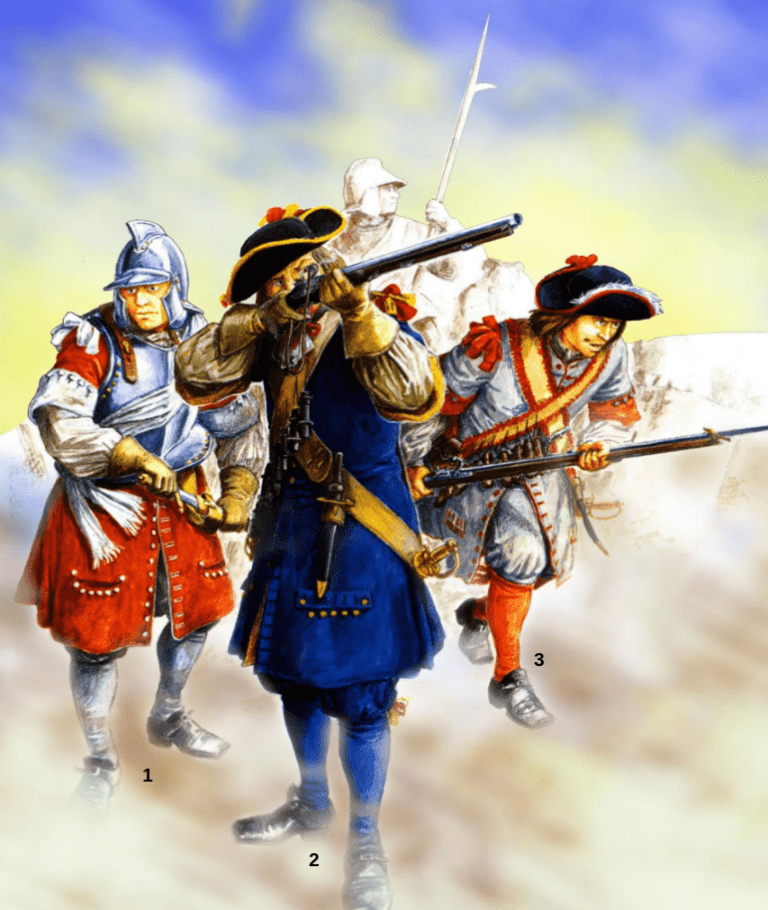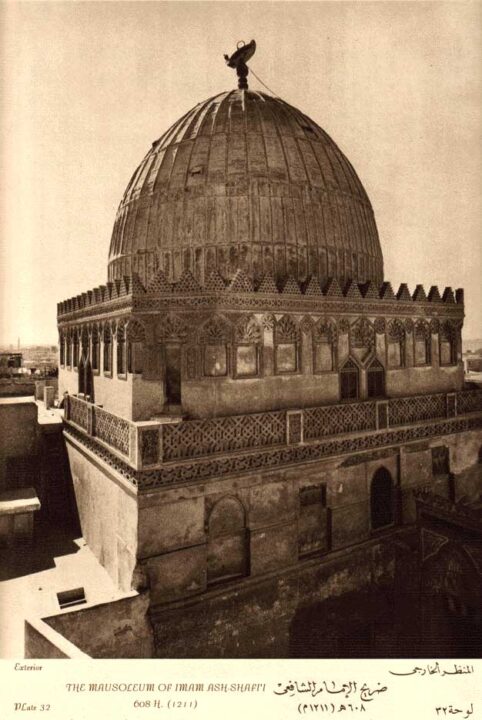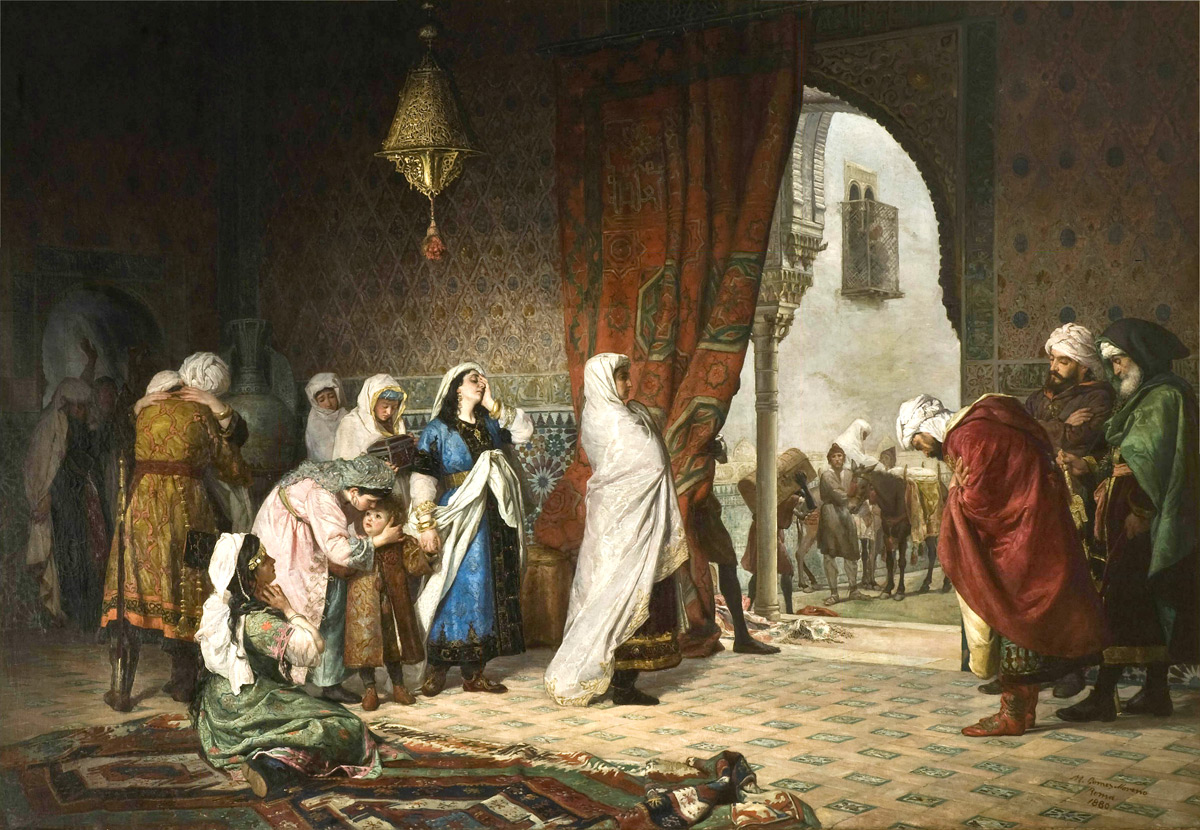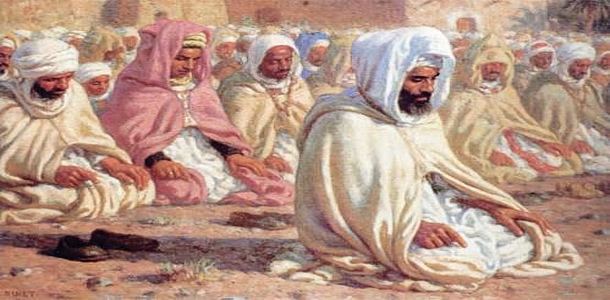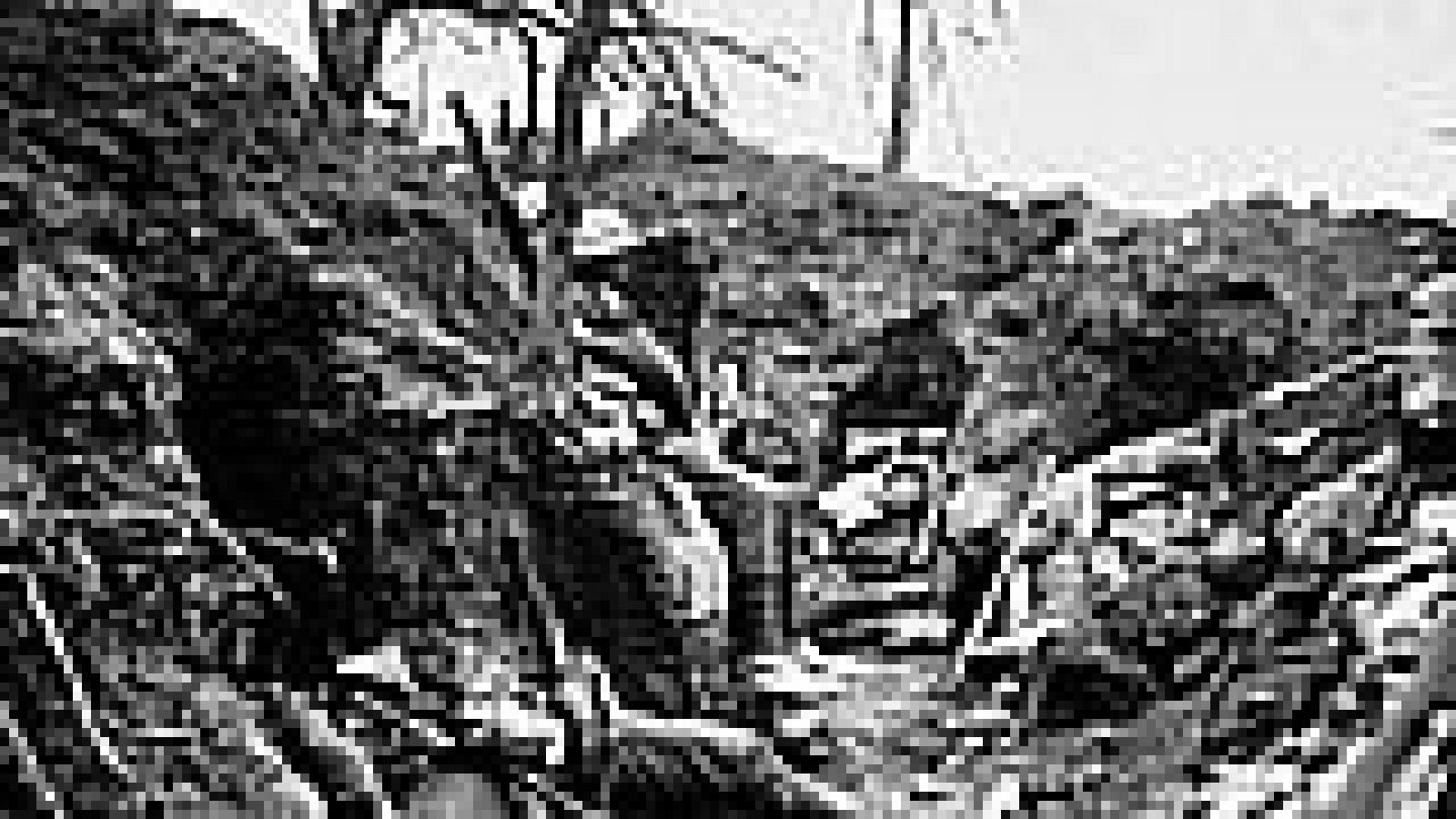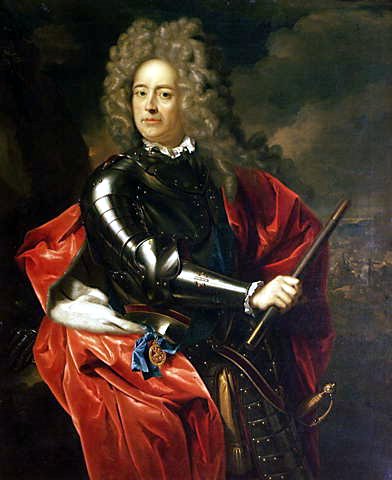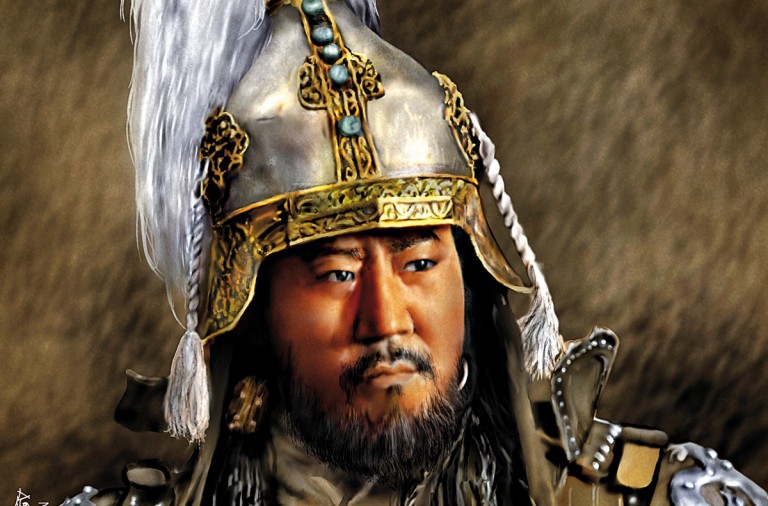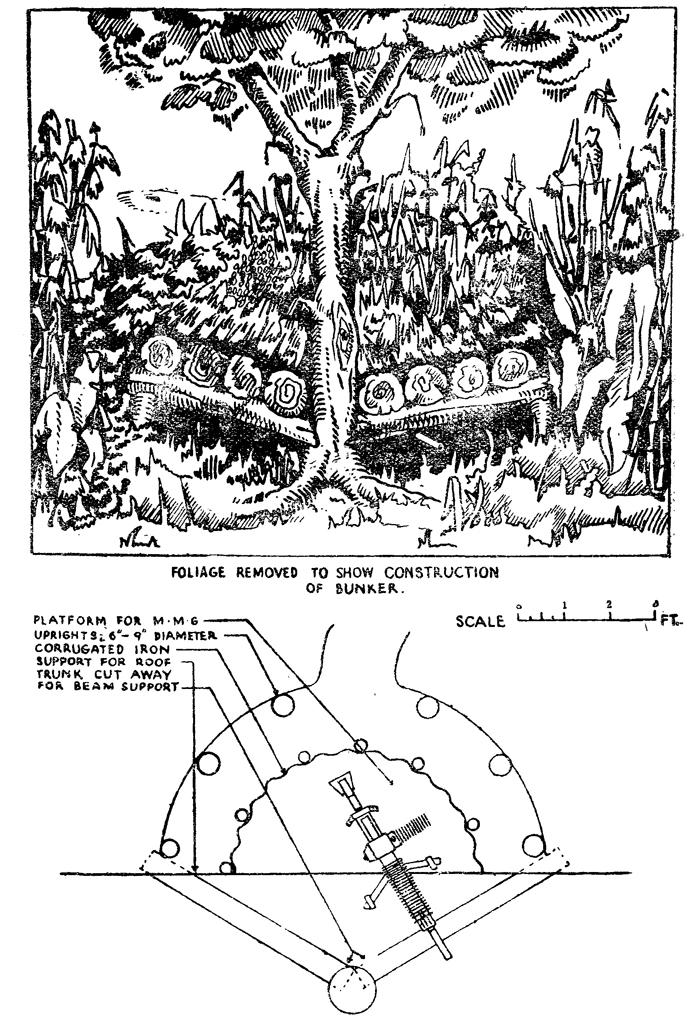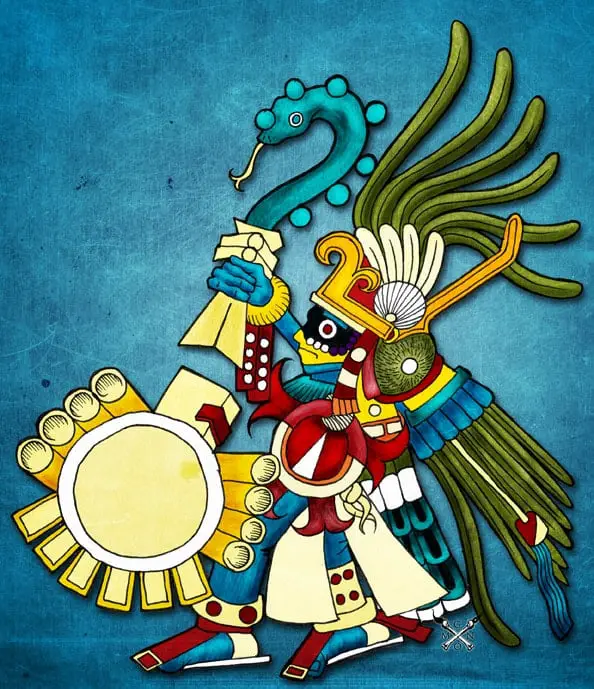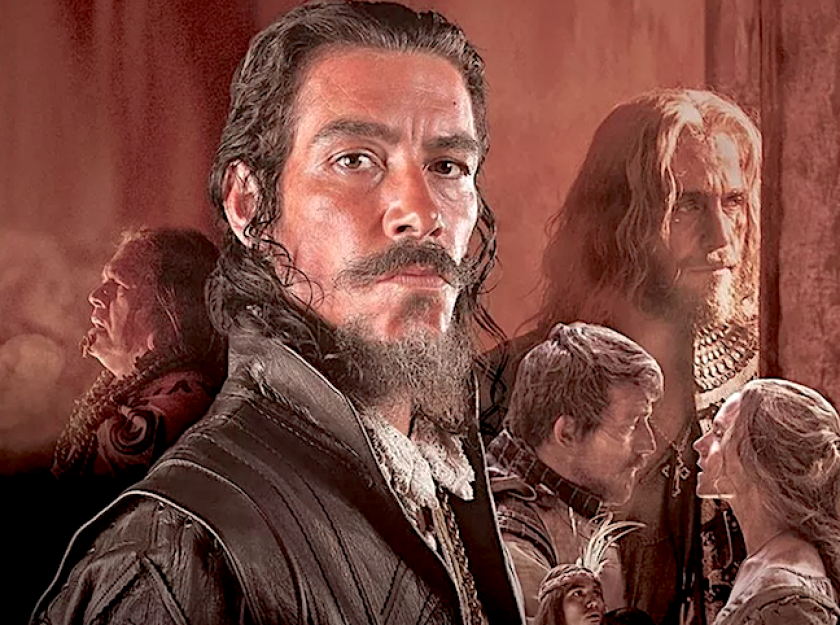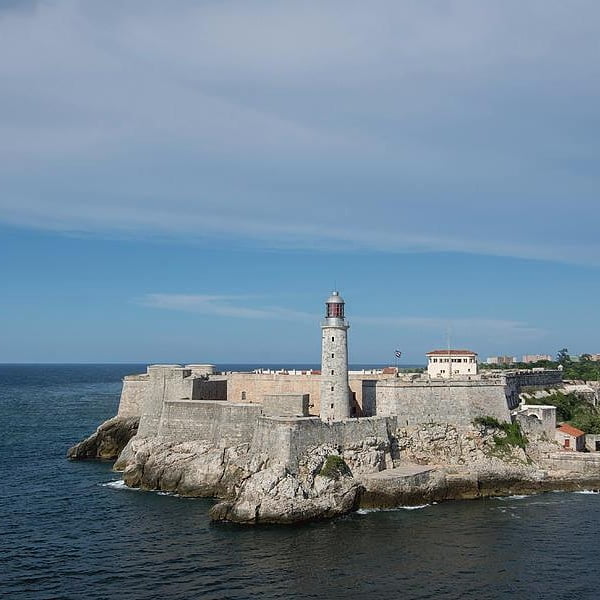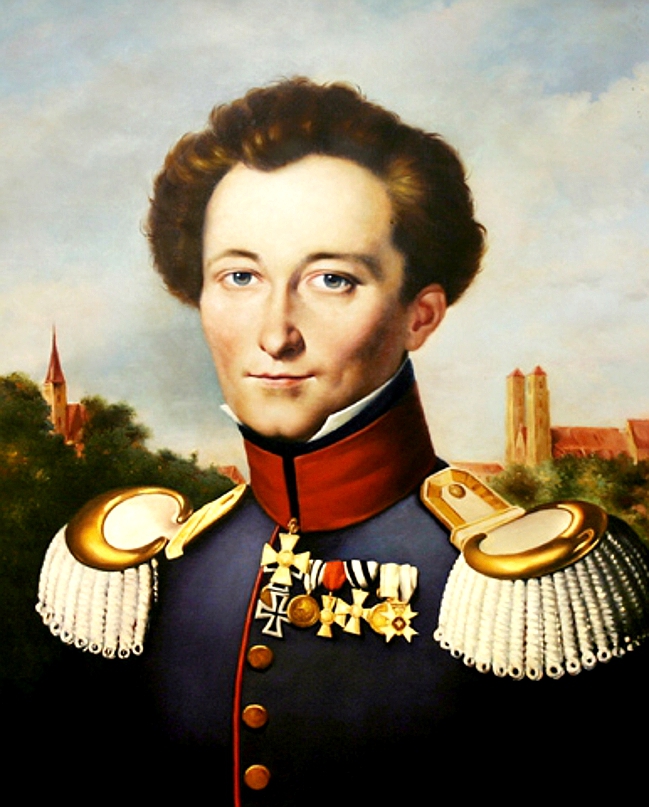(FINAL)
A favorite tactic of the Mongols, especially effective when their enemy was willing to meet or was more confident in its exit, for reasons of pure initial numerical superiority, was the «mangudai». It was that a Mongol «army» corps, inferior to the enemy, was seriously engaged in fighting. Its size was large enough for the Mongol effort to be considered important. With it he would mentally attract the enemy and remove him from any other thought or possibility. After a hard battle, the sheer weight of the enemy forced the Mongol corps to retreat. What was a tactical retreat, never really disorderly, was taken by the enemy as an exploitable defeat. His total and permanent ignorance of the Mongols made him suspect nothing. And his desire for victory, augmented by the true effort made in the combat, did not let him to see beyond.

The yearning persecution ended up scattering the tight, solid formations of the enemy riders. At a moment of pursuit, always far from the rest of the enemy forces waiting, the bulk of the Mongol heavy cavalry emerged, hidden, fresh and thrown to the clash. That ended by undoing the disjointed cavalry groups, in which the persecutors had dispersed. After a real hunt, the enemy forces that remained in their initial positions in battle, either dispersed or were in turn attacked by the whole of the Mongol forces.
The modern working of the combat and operational movement binomial.
In putting into practice with a «correct sense» these things, the combats and the operational movements are continuously and cyclically renewed in their possibilities. Giving each one mutual impulses, opportunities and reasons for action. In this intimate collaboration, decisions are outlined and consolidated until objectives are achieved.
The operational movement of units in military operations, returning to the physical force simile, is not an applied force, but a potential one, that has not yet produced work. It is like free gas or a stream of water. Its potential character, which is perceived by the enemy, is a threat that can cause disorganization and dislocation on its operational advance. Combat is like a concentrated, regular and kinetic force, capable of immediately performing the service asked of it. It springs into action as steam exits a boiler and as water moves the turbine paddles of a dam.
Another pair of better-known complementary «opposites» exist between interarms groups and it is the factor of efficacy that they possess.

This refers to cooperation between mechanized infantries and tanks, which is derived from the nearby combat capacity of the first and the protection and direct fire power of the second, that are united in comparable tactical and operations speeds. Both forces maintain the impulse and the shock of the armored corp, according to opportunities that are offered to it and framed by its intentions and resources, the terrain, and the intentions and means of the enemy.
We have to remember that at the end of 1980s and the beginning of 1990s, proponents of a war of maneuvers in America argued that combat (bad) harmed movement (good).

But, without combat there is no decision and without operational movement there is no exploitation of the operational and strategic enemy zones, nor there are high profitable combats against enemies whose deployments have been dislocated. A mobile corp «influences» the enemy by damaging him through combat or by the timely interruption of vital parts of his deployment. Nuclear dissuasion worked because its destructive capacity was real and intolerable and because the possibility of its employment was credible.

Operational movement and combat are necessary, complementary, cooperative and mutually transcendent instruments of the operational strategy. Problems and contradictions arise when, deprived of freedom of action, it is necessary to use or substitute one in the detriment of the other, in order to generate a new impulse for continued military action. When forced to do this, the effects are grave, as they harm «total time» required to planning, preparation and accomplishment of combat or movement operations. It is for this reason that, for example, to engage in an unexpected combat during a march, is inadvisable, as it wreaks havoc on operation «time» and squanders the combat capacity of the units.

In the movement phase, combat is secondary and should be used against opportunistic objectives, to secure the sector of advance, and, especially, to thwart enemy efforts when possible. In the combat phase, combat capacity should be used according to tactical established procedures and looking in its conception to ensure that decisions have transcendence in operational strategy. Doing this results in each element stimulating and strengthening the other in their respective operations, something that often has a multiplier effect in causing final results that were unexpected «a priori». The feeling that a special «pace» or tempo has been achieved is a sure enough sign that one’s forces have freedom of action and are operating correctly with the nature of war in its favor.
The relative characteristics of combat are:
Its great intensity in a tactically «dense» environment, with heavy operational actions; the depletion of combat capacity, with a corresponding loss of «influence» on the enemy, that comes from not being able to further damage him; and the maintenance of movement capacity to carry out an operational exploitation.

Combat allows one to gain operational «impulse» by breaking through and penetrating, enveloping and pursuing the enemy. Including a delayed defense when forces are obliged to stop their advance, and, in general, to take advantage of tactical opportunities.
The relative characteristics of operational movements are:
Operational lightness that allows for a high speed of march; the depletion of its movement capacity with the corresponding loss of «influence» on the enemy, that comes from not being able to reach him; and the maintenance of combat capacity in a system where combined arms are balanced.
Operational movement becomes obstructed when mobility is impeded. This can be caused by: the enemy (mine fields, reinforced and/or covered by fire obstacles); the necessity of responding to enemy fire or tactical movement; the lack of supplies or the dislocation of mobile groups from their «mass of support«; deployment changes, the force reorganizations, the uncertainties caused by the lack of intelligence, and the undecisions or doubts within the command.
Finally, when logistics are well-organized and communication lines are secure and adequate, the capacities of combat and operational movement can be recovered. Even if they have been depleted by the mobile corps and by its support mass in the different operations, in order to move forward on objectives ordered by the command.
THE END.

